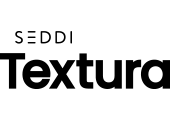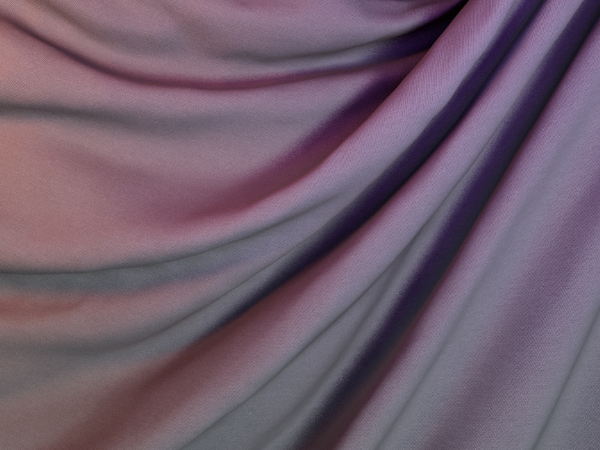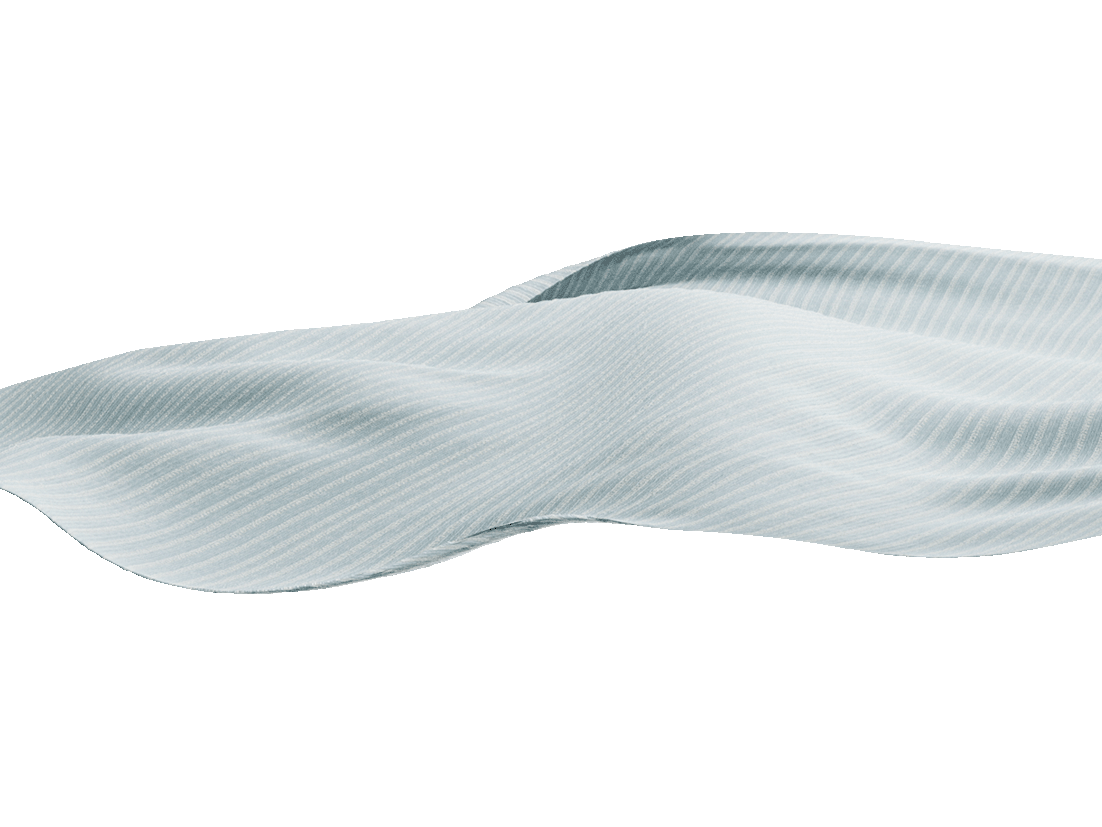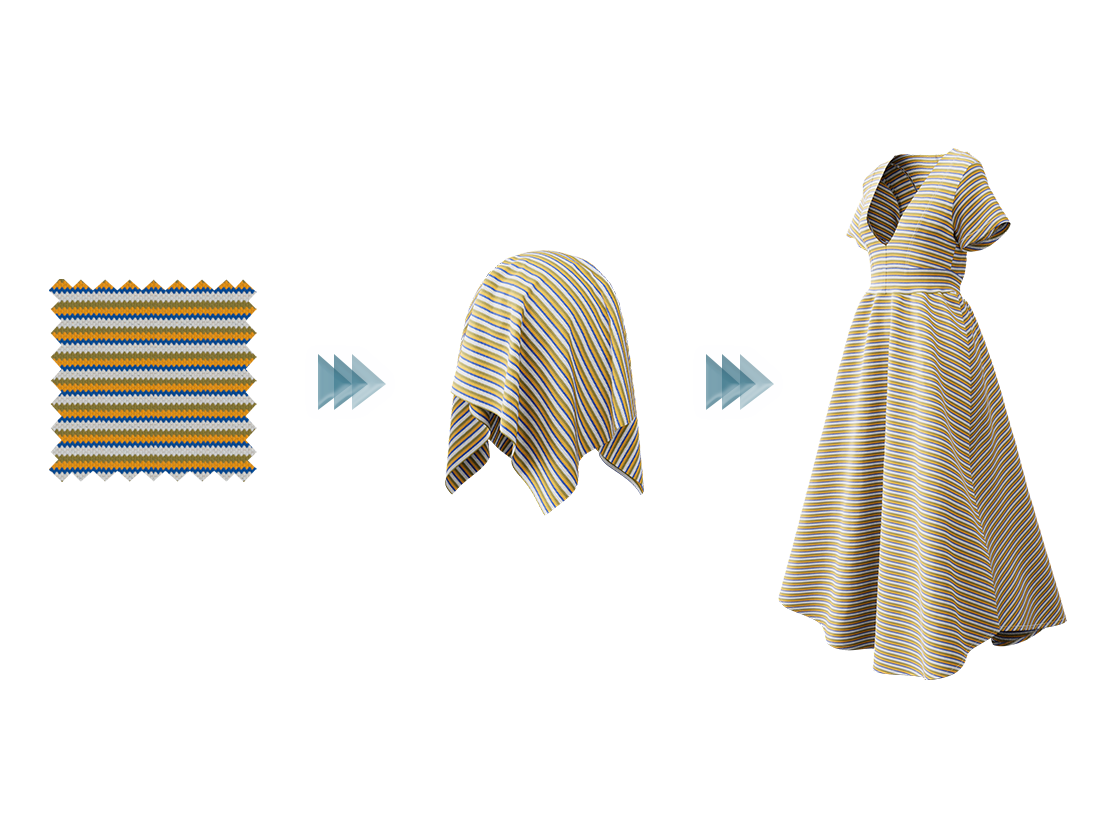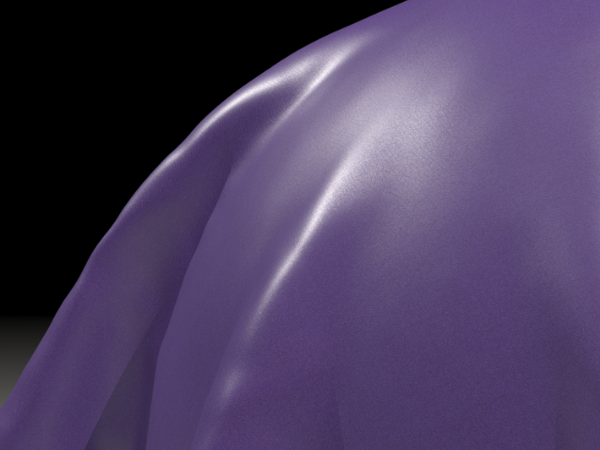Digital textiles, the foundation of digital fashion, are only as accurate as the science behind them. Texture maps are an essential, albeit highly complex element of 3D textiles. A variety of unique physical and mechanical attributes determine the way a single fabric appears and behaves. As such, each of these properties requires an individual texture map. In this article we’ll look more closely at:
- A definition and brief history of texture mapping
- The relevance of texture mapping in the fashion and textile industries
- Types of texture maps and examples
- Texture map file types and 3D rendering software
- The future of texture mapping for 3D fashion
What is Texture Mapping?
Jorge Lopez-Moreno, Chief Science Officer at SEDDI, Ph.D. of Computer Engineering, and Associate Professor of Computer Graphics at Rey Juan Carlos University in Madrid, explains texture mapping as a technique for distributing textures over the surface of a 3D object.
“If you can imagine a patternmaker draping fabric over a form, they may have to slice into it, adding folds or darts depending on the stretch of the fabric, to hug the three-dimensional shape and avoid wrinkling,” he explains. “Similarly, computer engineers must map texture data against the scaffolding of 3D models, which are built from a triangular-based mesh. A small sample of the material is simulated using layers of data collection, and that sample is replicated and tiled to evenly surround the 3D avatar.”

Texture mapping as a technique for distributing textures over the surface of a 3D object.
The Evolution of 3D Texture Mapping
Texture maps have evolved dramatically since their initial development. Disney was one of the first companies to industrialize physically-based textures. The 1982 Disney film TRON, showcased one of the earliest uses of texture mapping functions. The most prominent jump in development, however, was the introduction of Ptex, a Disney software that advanced texture mapping from a mere two layers to 15 layers. The more layers included in computer graphics, the richer the result. In addition to adding richness, Ptex eliminated the arduous task of hiding seams in tiled texture samples. Ptex is also responsible for the painterly style used in the animated Disney film, Bolt.
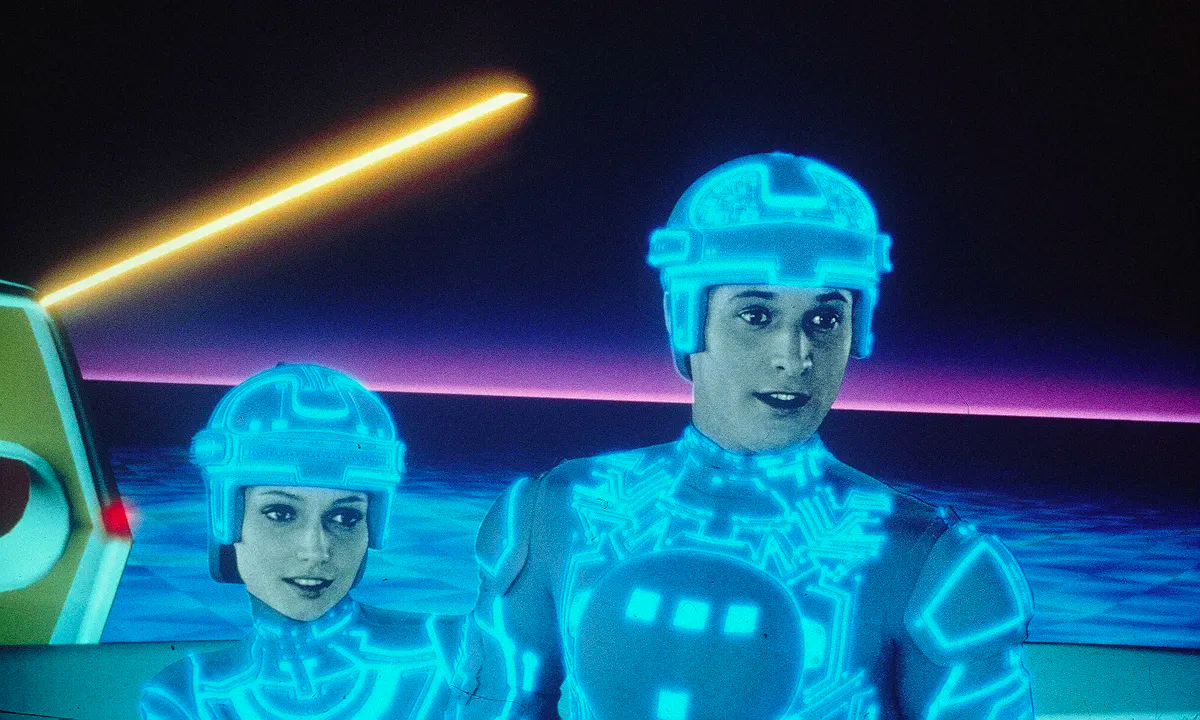
A still from Disney’s 1982 film TRON
Similarly, physically-based textures started to be used in video game “skins” on user avatars. Another more recent player in the development of texture maps is Substance, created by French software developer, Allegorithmic, and acquired by Adobe. Substance is a suite of tools that allow users to design in 3D with generative programming, which, in layman’s terms, is automated computer programming. It also has its own format that’s being used across the industry.
Advances in programming across sectors have converged and begun informing one another, allowing the field to progress at a rapid speed. The fashion industry—once behind on introducing 3D design software—has finally accepted the value of creating 3D garments before cutting a single thread.
How is Texture Mapping Used in the Fashion Industry?
The COVID-19 pandemic and subsequent rise in shipping costs, increased supply chain disruption, and inflation have fashion industry professionals welcoming ways to innovate the development process. 3D modeling, until recently, was not considered a viable investment due to inaccuracy, time, and expense.
For the fashion industry to accept the change from physical to virtual design, sampling, and beyond, it must be trustworthy and convincing. SEDDI Textura, SEDDI’s textile digitization solution, layers multiple types of texture maps to create fast, realistic models of textiles on 3D forms, thereby saving tremendous time and money. During lockdown, luxury fashion houses employed animation teams to bring fashion shows to life. While the graphics left much to be desired, the novel experience opened the minds of seasoned and stubborn industry professionals. Within a matter of months, the tech-resistant became curious as the business case for 3D modeling software became apparent.
With recent advances in texture mapping, the fashion industry has the opportunity to view realistic simulations of products long before yardage is cut, or even produced. This reduces avoidable mistakes and saves time and money.
Types of Texture Maps
What makes SEDDI software unique is the use of multiple, scientifically-complex texture map layers. To illustrate just how elaborate the process is, imagine the many ways that we sense physical objects using our vision. We see highlights and shadows, range and depth of color, glossy and dull finishes—not to mention textures, patterns, and movement. We can sense if something is bouncy or stiff, heavy or light, just by the way our brain processes what we see. We don’t even have to think about it–our eyes and brains have seen enough textures, shapes, and surfaces to make these involuntary conclusions. Similarly, machine learning and neural networks are shaping the realism of computer graphics.
Types of texture map layers include, but are not limited to:
- Normal Layer: Changes lighting to simulate texture without changing the 3D mesh of the avatar or shape below
- Displacement Layer: Enables much more detailed mapping of complicated, textured surfaces (like textiles)
- Specularity Layer: Shows how light is reflected by an object
- Subsurface Scattering Layer: Shows how light enters a texture, bounces around, and exits in different locations
- Roughness / Gloss Layer: Shows how light scatters across the surface of a material
- Albedo Layer: The inherent color of a material, regardless of lighting or specular quality
- Micro 3D Surface Layer: Examines a texture down to the molecular level

Texture map layers in Textura
For almost two decades texture mapping was very simple, utilizing only the albedo and specular layers. Today’s 3D texture mapping, however, takes into account multiple layers of texture maps, thus achieving richer representation and more detail.
How to Download Texture Maps
U3MA (Unified 3D Material Archive) files, while not universal, are the current standard for 3D texture mapping in fashion. A group of companies decided to make a standard file type, taking into consideration roughness, sheen, subsurface scattering, face color, and radius. Other widely-used file types for three-dimensional scenes and models are glTF (GL transmission format), and the previously mentioned, Substance.
In some ways, the U3MA filetype is limiting for SEDDI’s intricate software, but with each new release of the standard, those limitations are dwindling.
When it comes to fashion rendering software, other software companies must send their texture maps out to third-party renderers to look realistic. However, SEDDI Textura’s integrated software emphasizes automation, offering the most realistic experience possible in real time. Specifically, SEDDI Textura’s robust library of digital materials—created using cutting-edge, proprietary technology—gives a competitive edge to users looking for both speed and accuracy.
The Future of Texture Mapping
There are still areas of opportunity in texture mapping. Velvet, for instance, is a very complicated fabric to replicate. At SEDDI, proprietary technology allows the team to represent complicated fabric textures to a high level of accuracy. The company’s DOME scanner enables the research team to capture all of the details of a material on a micro-scale. Jorge Lopez-Moreno shared that, “Based on observations of the DOME, we can create very accurate texture stacks. With AI, we can extrapolate those stacks from a single image from a desktop scanner. Very accurate data from the lab helps us to develop accurate models (how we determine texture maps), and with AI, we reconstruct all of the stacks for materials. The DOME gives the SEDDI science team all information, flyouts, and microdata to reproduce in detail down to the fiber level. Very few people are using this level of data because it’s expensive and hard to do—it is most common in the film industry because it only needs to be done for a single shot. At SEDDI, we are aiming to make this level of detail automatic, scalable, and reusable.”
Other areas of texture mapping seeing a lot of attention are the creation of new layers and research of neural/generative materials. That is to say, programming the programming to self-program. Another hot topic right now is filtering, which calculates the average of all the pixels in a defined area.
As texture mapping continues to improve and rendering software becomes more streamlined, we can expect to see the fashion industry relying more heavily on 3D modeling as a tool to replace analog design and outdated processes. While complicated, texture mapping is the key to this digital evolution and it is necessary to have a grasp on its significance.
Want to see SEDDI Textura’s texture maps in action? Try it for free today.
